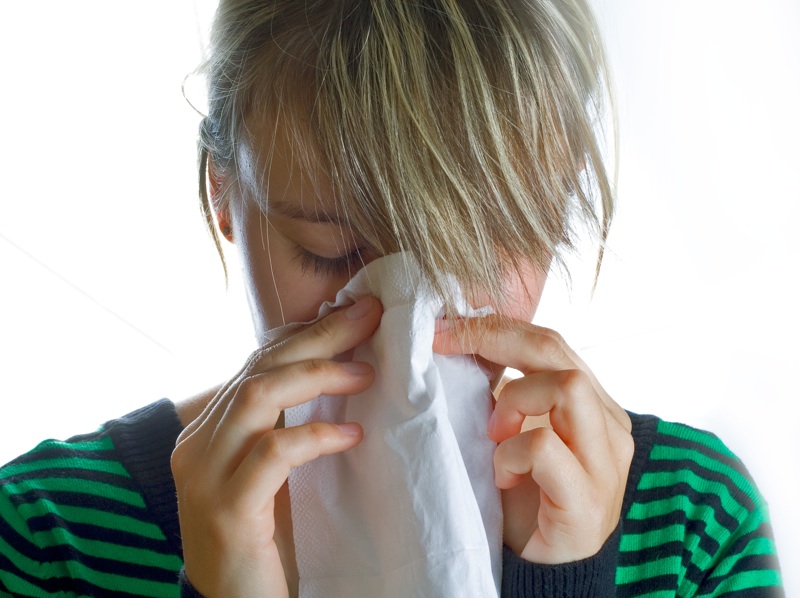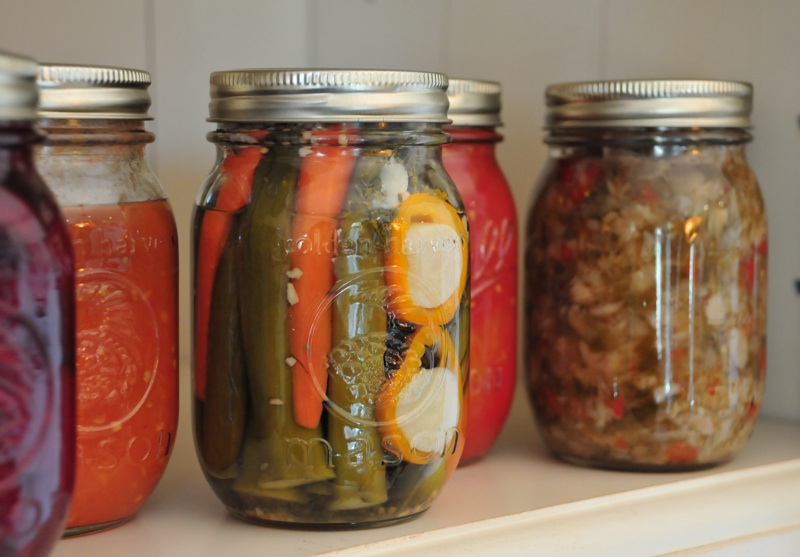The salmonella outbreak due to eggs is shaping up to be the biggest food contamination in 2010. It comes right on the heals of a major E. coli outbreak in ground beef earlier this year and a mass peanut butter recall due to salmonella in 2009. These outbreaks and more have manufacturers double-checking inspection and applying extra monitoring activities to their processes. But since contaminants are so diverse, a wide range of techniques are necessary to neutralize them.
Here’s a breakdown of some of the most common contaminants, in no specific order. Understanding these will go a long way toward preventing their occurrence.

1. Salmonella
This bacteria is found in feces and inside certain animals, such as, the ovaries of hens. Salmonella has many strains. It is spread when animal parts are processed without cleaning away the feces or when the parts are co-mingled with the intestines of the animal. In 2010, a salmonella outbreak in the egg supply was partially traced to salmonella found within hen ovaries. Salmonella is highly receptive to heat and freezing temperatures.
2. Escherichia coli

One of the most infamous foodborne pathogens, the E. coli bacteria is transmitted in much the same way as salmonella, with the exception of eggs. E. coli is also receptive to high heat (more than 160 degrees Fahrenheit). Up to five percent of cases develop hemolytic uremic syndrome, which leads to permanent damage to the body or death.
3. Calicivirus

This pathogen is in the Norwalk category of foodborne viruses. It is considered the most common cause of illness through foodborne pathogens, however it is also harder than others to detect. Instead of being spread from animals, Calicivirus is believed to be spread like the common cold, living on the food that the contaminated person prepares. Some foods are contaminated by drinking water carrying the disease or contaminated sewage water. Preventing employees from working while sick and frequent water testing are a few ways to combat this.

4. Staphlococcus Aureus
Staph is found naturally on human skin and in the body. It is transmitted when food is handled against the skin or a worker practices improper hygiene, like wiping the nose without hand washing afterward. Staph toxins, which cause illness, are not killed through cooking or freezing. They are prevented through frequent hand washing and keeping food away from skin contact during processing.
5. Clostridium Botulinum

The bacteria that causes botulism is naturally occurring in the environment around us, but is only toxic when the oxygen and acidity in the air drops to low levels. This occurs in improperly closed cans, food with little acid left out at room temperature and oils left on the counter as decoration. Most strains are heat resistant and do grow in low temperatures as well. It is prevented through air tight storage in temperatures below room temperature. The vacuum and ventilation systems within a plant are key in preventing botulism outbreaks.
…
Food manufacturers must identify, and eradicate these pathogens (and more) while also investigating the source of the contamination and eradicating it as well. Check out our post from earlier this week on the 3 Main Sources of Food Contamination and ways to prevent them. Follow the Eagle Technologies Group blog for more guidance on installation, maintenance, and operation of all machinery.
Additional Sources
You Can Prevent Foodborne Illness, Pacific Northwest Publications
Salmonella Q and A, US Department of Agriculture
Botulism, Colorado State University Extension
Bacteria and Foodborne Illness, National Institutes of Health


